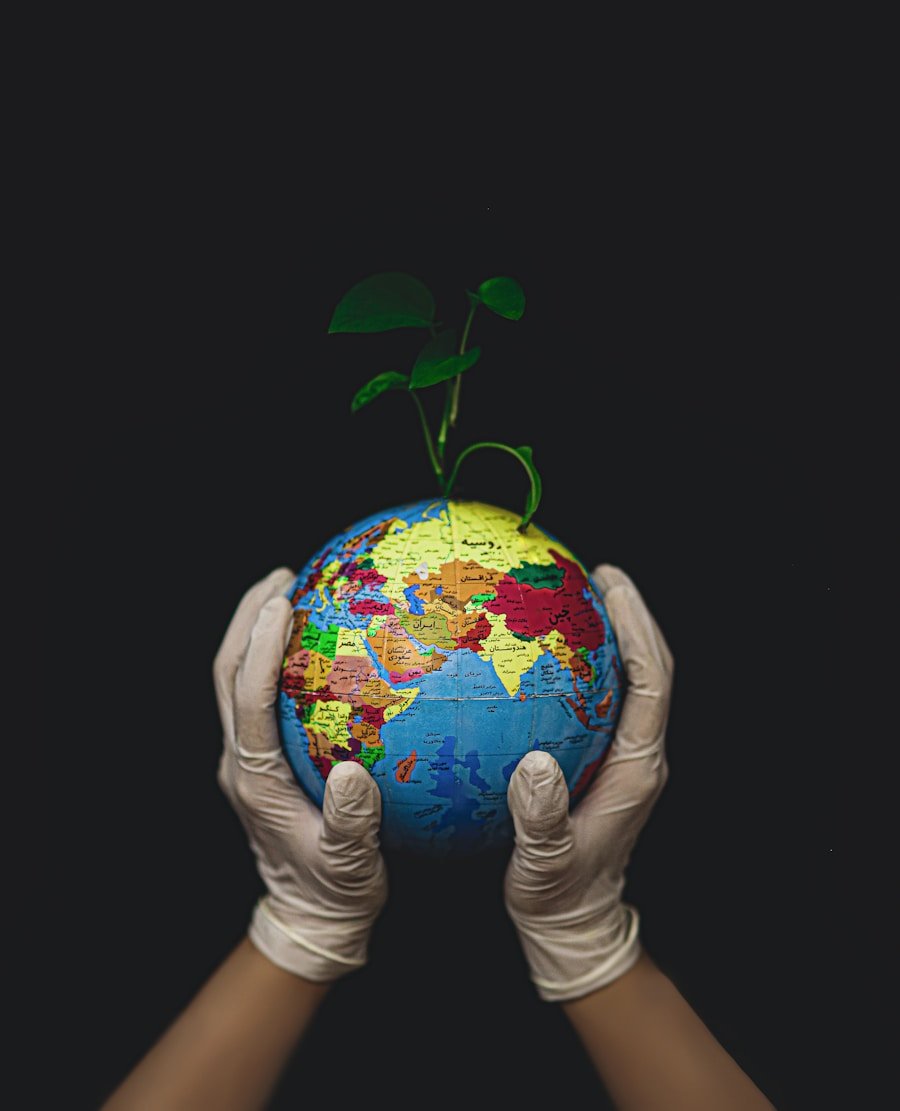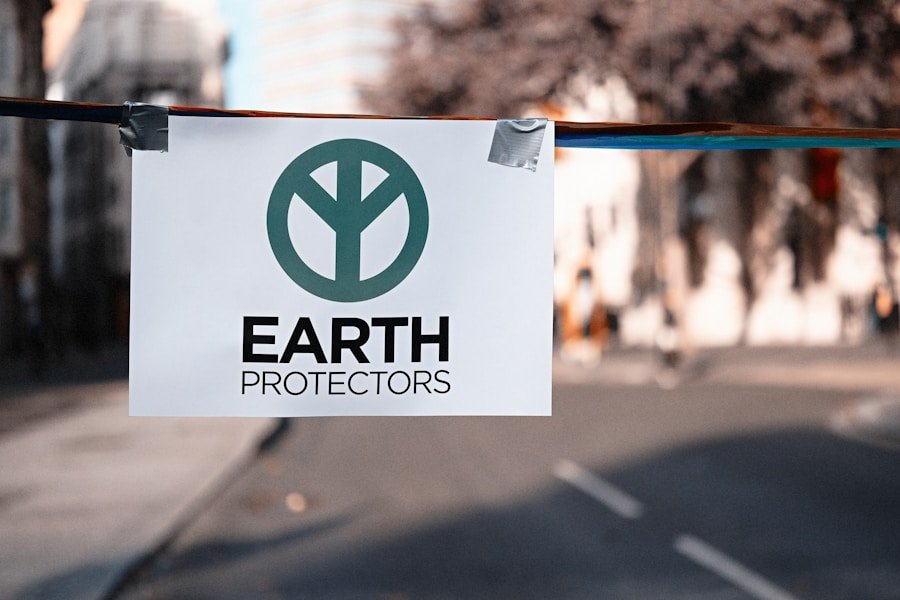Earth Day, celebrated annually on April 22, has a rich history that reflects the growing awareness of environmental issues over the decades. The inception of this global event can be traced back to 1970, when a diverse coalition of activists, educators, and politicians came together to advocate for a healthier planet. The first Earth Day mobilized millions of Americans, drawing attention to the pollution and environmental degradation that had become rampant in the post-World War II era.
This grassroots movement was instrumental in raising public consciousness about environmental issues, leading to significant legislative changes, including the establishment of the Environmental Protection Agency (EPA) and the passage of landmark laws such as the Clean Air Act and the Clean Water Act. As you reflect on the evolution of Earth Day, consider how it has transformed from a national observance into a global phenomenon. By 1990, Earth Day had expanded internationally, with over 140 countries participating in various activities aimed at promoting environmental awareness.
This global outreach has only grown stronger in recent years, with millions of people around the world engaging in events that range from tree planting to educational workshops. The history of Earth Day is not just a timeline of events; it is a testament to the power of collective action and the ongoing commitment to protect our planet for future generations.
Key Takeaways
- Earth Day was first celebrated on April 22, 1970, and is now observed in over 190 countries as a day to raise awareness about environmental issues.
- Current environmental issues include air and water pollution, deforestation, loss of biodiversity, and the depletion of natural resources.
- Climate change is causing rising global temperatures, extreme weather events, and sea level rise, impacting ecosystems and human communities worldwide.
- Solutions for a sustainable future include renewable energy, sustainable agriculture, waste reduction, and conservation efforts to protect natural habitats.
- Individuals play a crucial role in environmental protection through actions such as reducing waste, conserving energy, and advocating for sustainable practices in their communities.
Current Environmental Issues
Today, we face a myriad of environmental challenges that threaten the delicate balance of our ecosystems. One pressing issue is plastic pollution, which has reached alarming levels. Every year, millions of tons of plastic waste end up in our oceans, harming marine life and disrupting food chains.
As you navigate your daily life, consider how single-use plastics have become ubiquitous, from shopping bags to water bottles. The convenience they offer often overshadows their long-term impact on the environment. Addressing this issue requires not only individual action but also systemic changes in how we produce and consume goods.
Another significant concern is deforestation, which continues to accelerate at an unprecedented rate. Forests are vital for maintaining biodiversity, regulating climate, and providing resources for countless species, including humans. As you think about the products you use, remember that many everyday items contribute to deforestation, from palm oil in food products to timber in furniture.
The loss of forests not only threatens wildlife habitats but also exacerbates climate change by releasing stored carbon dioxide into the atmosphere. Tackling these current environmental issues demands a multifaceted approach that includes policy reform, community engagement, and personal responsibility.
The Impact of Climate Change

Climate change is perhaps the most daunting challenge we face today, with far-reaching consequences that affect every aspect of life on Earth. Rising global temperatures are leading to more frequent and severe weather events, such as hurricanes, droughts, and wildfires. As you witness these changes in your own community or through news reports, it becomes clear that climate change is not a distant threat; it is happening now.
The impact on agriculture, water resources, and human health is profound, with vulnerable populations bearing the brunt of these changes. Moreover, climate change poses a significant risk to biodiversity. As habitats shift or disappear altogether due to changing climates, many species struggle to adapt or find new homes.
This loss of biodiversity can destabilize ecosystems and diminish their resilience against future environmental stresses. You may find it alarming to consider that the extinction rate is currently estimated to be 1,000 times higher than the natural background rate. The urgency to address climate change cannot be overstated; it requires immediate action at all levels—individual, community, national, and global—to mitigate its effects and protect our planet’s future.
Solutions for a Sustainable Future
| Metrics | Data |
|---|---|
| Renewable Energy Usage | 25% of global energy consumption comes from renewable sources (IRENA, 2020) |
| Carbon Emissions Reduction | Global carbon emissions reduced by 17% in 2020 due to COVID-19 lockdowns (IEA, 2021) |
| Plastic Waste Reduction | 10 million tons of plastic waste prevented from entering the ocean through recycling efforts (National Geographic, 2021) |
| Sustainable Agriculture | Organic farming practices increased by 20% in the past decade (FAO, 2020) |
While the challenges we face are daunting, there are numerous solutions available that can pave the way for a sustainable future. Transitioning to renewable energy sources such as solar, wind, and hydroelectric power is crucial in reducing our reliance on fossil fuels. As you explore your energy consumption habits, consider how you can incorporate renewable energy into your life—whether through installing solar panels or supporting policies that promote clean energy initiatives.
This shift not only helps combat climate change but also creates jobs and stimulates economic growth. In addition to energy solutions, sustainable agriculture practices play a vital role in ensuring food security while protecting the environment. Techniques such as crop rotation, organic farming, and agroforestry can enhance soil health and reduce chemical inputs.
As you make choices about what you eat, think about supporting local farmers who prioritize sustainable practices. By choosing organic or locally sourced products, you contribute to a system that values environmental stewardship and promotes biodiversity.
The Role of Individuals in Environmental Protection
You may often wonder what role you can play in protecting the environment amidst such overwhelming challenges. The truth is that individual actions matter significantly; they can inspire change on a larger scale. Simple steps like reducing waste, conserving water, and using public transportation can collectively lead to substantial improvements in environmental health.
As you adopt more sustainable habits in your daily life, remember that your choices send a powerful message about the kind of world you want to live in. Moreover, advocacy is another crucial aspect of individual involvement in environmental protection. Engaging with local organizations or participating in community clean-up events can amplify your impact.
By voicing your concerns to policymakers or supporting legislation aimed at environmental protection, you contribute to a collective effort that drives systemic change. Your voice matters; it can influence decisions that shape the future of our planet.
The Importance of Biodiversity Conservation

The Importance of Conservation Efforts
Conservation efforts are critical in addressing the threats facing biodiversity today. Initiatives such as protected areas and wildlife corridors help preserve habitats and allow species to thrive despite changing conditions. You can support these efforts by advocating for conservation policies or participating in local restoration projects.
Valuing Biodiversity for a Sustainable Future
By fostering an appreciation for nature and its intricate web of life, you contribute to a culture that values biodiversity and recognizes its importance for a sustainable future.
Taking Action to Protect Biodiversity
Remember, every individual can make a difference in preserving biodiversity. By taking small steps, such as supporting conservation initiatives or participating in local projects, you can contribute to a healthier planet for future generations.
Corporate Responsibility and Environmental Stewardship
In today’s world, corporate responsibility plays a pivotal role in addressing environmental challenges. Businesses have a significant impact on resource consumption and waste generation; therefore, their commitment to sustainability is crucial for driving meaningful change. As you engage with companies—whether as a consumer or an employee—consider their environmental practices and policies.
Supporting businesses that prioritize sustainability sends a clear message about the importance of corporate responsibility. Moreover, many companies are now adopting innovative practices aimed at reducing their environmental footprint. From implementing circular economy principles to investing in green technologies, businesses are recognizing that sustainability can drive profitability while benefiting the planet.
You can encourage this trend by choosing to support brands that align with your values and hold them accountable for their environmental impact.
Celebrating Earth Day: Taking Action for a Greener Planet
As Earth Day approaches each year, it serves as a reminder of our collective responsibility to protect the planet we call home. Celebrating Earth Day can take many forms—whether participating in local events, organizing community clean-ups, or simply taking time to reflect on your relationship with nature. This day is an opportunity for you to engage with others who share your passion for environmental protection and inspire those around you to take action.
Taking action on Earth Day—and every day—can lead to lasting change. Consider making a commitment to reduce your carbon footprint or educate yourself about local environmental issues. By sharing your knowledge with friends and family or using social media platforms to raise awareness, you contribute to a growing movement dedicated to creating a greener planet.
Remember that every small action counts; together, we can build a sustainable future for generations to come.
